Jeongdong-gil Road (정동길)
.0M 2024-06-19
2-1 Jeongdong-gil, Jung-gu, Seoul
Jeongdong-gil Road is one of Seoul's most famous walking paths, stretching from the intersection in front of Jeongdong Church to Saemunan-gil Road. The street holds importance in Korea's modern history, with the surroundings serving as a living museum of this. During the Joseon dynasty, the area developed into a residental space for distant members of the royal family, with a palace and royal tombs in the area. In 1999, the pedestrian walking area was expanded by turning the two-way road into a one-way road. Since then, the road has earned many awards and honors.
Jeongdong Guksi (정동국시)
50.8M 2024-06-19
5 Jeongdong-gil, Jung-gu, Seoul
02-732-0114
Jeongdong Guksi features a rich soup with a clean taste, created by carefully removing the oil dozens of times while boiling Korean beef bones for 15 hours. The restaurant uses this same beef bone broth in their mandutguk (dumpling soup), something not many restaurants do. The rich flavor of the broth combined with the soft dumplings, made in-house daily, is a must-try. The restaurant is also surrounded by many cultural and artistic spaces, making it a great addition to tours in the area.
Olive Young - Jeongdong Branch [Tax Refund Shop] (올리브영 정동)
72.0M 2024-04-22
26, Saemunan-ro, Jung-gu, Seoul
-
Korean National Police Heritage Museum (경찰박물관)
113.3M 2021-12-21
41, Saemunan-ro, Jongno-gu, Seoul
+82-2-3150-3681
The police museum opened on October 14, 2005 to give a better understanding of the job of the police and to offer a formal education to children who wish to become police officers in the future. The history hall of the museum is designed for visitors to learn about the history of Korean police at a glance, exhibiting information on the police force from the Joseon dynasty up until current times.
Visitors to the museum can pretend to be police officers by touching actual equipment and learning about an officer's daily tasks. Visitors can also get in patrol cars, wear a police uniform, experience shooting a gun through a simulation, and learn self-defense martial arts and arrest techniques. Visitors can also go to the museum jail.
Donuimun Museum Village (돈의문박물관마을)
120.5M 2024-07-22
14-3 Songwol-gil, Jongno-gu, Seoul
Donuimun Museum Village is a historical and cultural space situated in the city center reborn through Seoul-style urban generation while still maintaining its historical value as the first village within the western gate of Hanyangdoseong as well as the lives and memories from the city's modern and contemporary era.
Together with the neighboring area surrounding Gyonam-dong, Jongno-gu, Donuimun Museum Village was selected for inclusion in the "Donuimun New Town" in 2003 for which all of the existing buildings were to be torn down to construct a neighborhood park. But the city of Seoul had another plan in mind; it wanted to maintain this small village, where the old lives and memories are still well-preserved, as a village museum to not only spread the historical significance of Saemunan Village, the first neighborhood within the western gate of Hanyangdoseong (the Seoul City Wall) but also establish the village as a historical and cultural asset for all Seoul citizens. The village was remodeled while keeping the buildings as untouched as possible and, in a few sites where houses had been torn down, broad yards were created. As a result, the warm and affectionate appearance of the village including modern structures, urban-style hanok, and streets with 100 years of history still remain today in their original places to be reborn as a place of new culture enjoyed and experienced by citizens.
Today, Donuimun Museum Village welcomes visitors with a new concept, "100 Years of Seoul, Time Travel Playground in the City." The village has undergone a significant overhaul to fill itself with "participation-style" spaces and contents where exhibits, experience sessions, performances, and marketplaces are held year-round while keeping 40 or so existing buildings intact in order to solidify its identity as a "living museum village," which is the original intention behind the village's creation.
Seoul Gyeonggyojang House (서울 경교장)
152.9M 2021-09-15
29, Saemunan-ro, Jongno-gu, Seoul
+82-2-735-2038
Gyeonggyojang House, a designated Historic Site, was the location of the provisional government and the place where Baekbeom Kim Koo passed away. Seoul reproduced the historical site, Gyeonggyojang House, to use the area as an educational site. Also, the house exhibits the history of the provisional government in order to see the history more clearly.
Restoration work included the demolition of the interior that was changed when the building was turned into a hospital facility and embassy after Kim Koo passed away in 1949. During the work, the remaining parts were maintained with the utmost care. Reconstructed parts were based on the building's floor plan written in Chosun and Architecture (8th edition in 1938). Visitors can see various contents related to the Korean Provisional Government history through relics, video, and information searching corners.
Seoul Former Russian Legation (서울 구 러시아공사관)
187.3M 2020-06-18
21-18, Jeongdong-gil, Jung-gu, Seoul
+82-2-3396-5882
The Russian Legation was built in a Renaissance style in 1890. Russian architect, A. J. Scredin Sabatine designed the structure. In 1895, during the Joseon dynasty, the Eulmisabyeon Incident took place as a show of force by the Japanese.
Empress Myeongseong-hwanghu was emerging as a strong figure in Korea at a time when a power struggle between Japan, China, Russia, and other powers were taking place. Japanese Minister, Miura Goro saw her as a threat and ordered her assassination. After hearing news of the Empress’s assassination, King Gojong and the Crown Prince sought refuge in the Russian Embassy for one year.
After 1945, the Soviet Union took over the embassy until it was almost completely destroyed by a fire during the Korean War [1950~1953]. The only remaining parts of the building are the tower and basement areas. The building was restored to its current condition in 1973 and is now enjoyed by many as a public park.
Seoul Museum of History (서울역사박물관)
243.3M 2023-08-11
55, Saemunan-ro, Jongno-gu, Seoul
Seoul Museum of History covers everything about Seoul's history and culture from the prehistoric era to modern times, focusing especially on the Joseon era. The museum aims to raise cultural awareness and build a strong bond within the community by collecting, preserving, researching, and displaying artifacts and materials related to Seoul as well as promoting the city's history and culture to an international audience.
Gyeonghuigung Palace (경희궁)
279.9M 2024-07-09
45 Saemunan-ro, Jongno-gu, Seoul
+82-2-724-0274
Gyeonghuigung Palace, a designated Historic Site, was originally called the large palace by Saemun Gate, or the Western Palace, for its location within the city. It was not until the eighth year of Gwanghaegun (1616) that the palace was used as a royal residence for the king, changing the name to Gyeongdeokgung Palace. The name later changed again to the current Gyeonghuigung Palace in 1760. The palace grounds included many halls but they were mostly all burned down in a fire in 1829. After the Japanese occupation began, all remaining buildings on the site were torn down and the palace grounds were turned into Gyeongseong Middle School (now Seoul High School). The school moved to Gangnam area in 1987, afterwhich the previous location was turned into a park. The palace grounds currently hold Seoul Museum of Art and walking paths, as well as a restoration of Heunghwamun Gate, the main gate of the palace, and Sungjeongjeon Hall, the main hall, completed in November 1994.
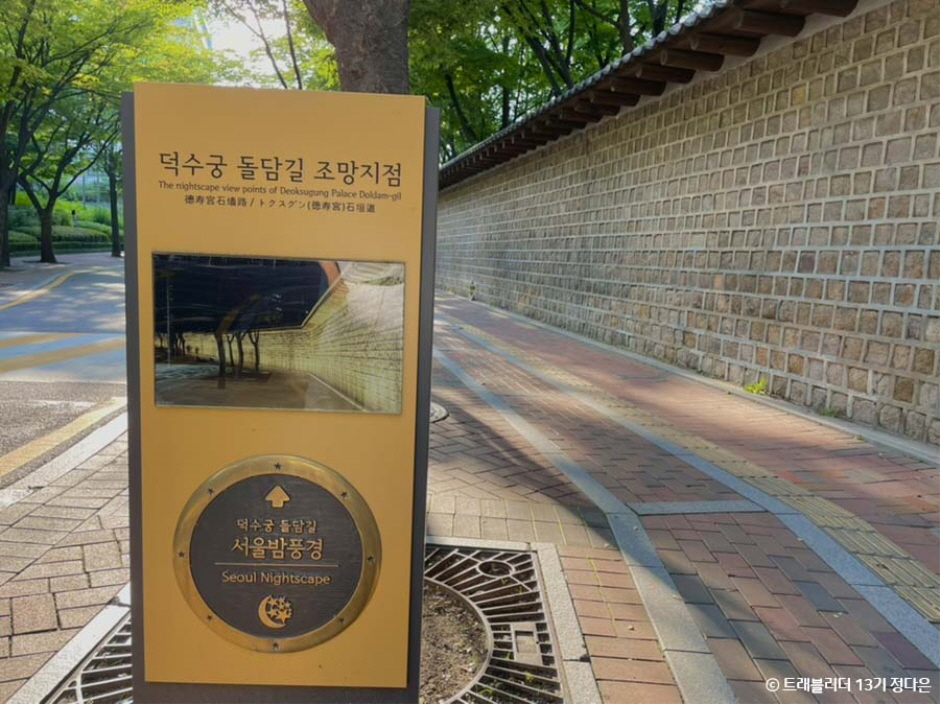
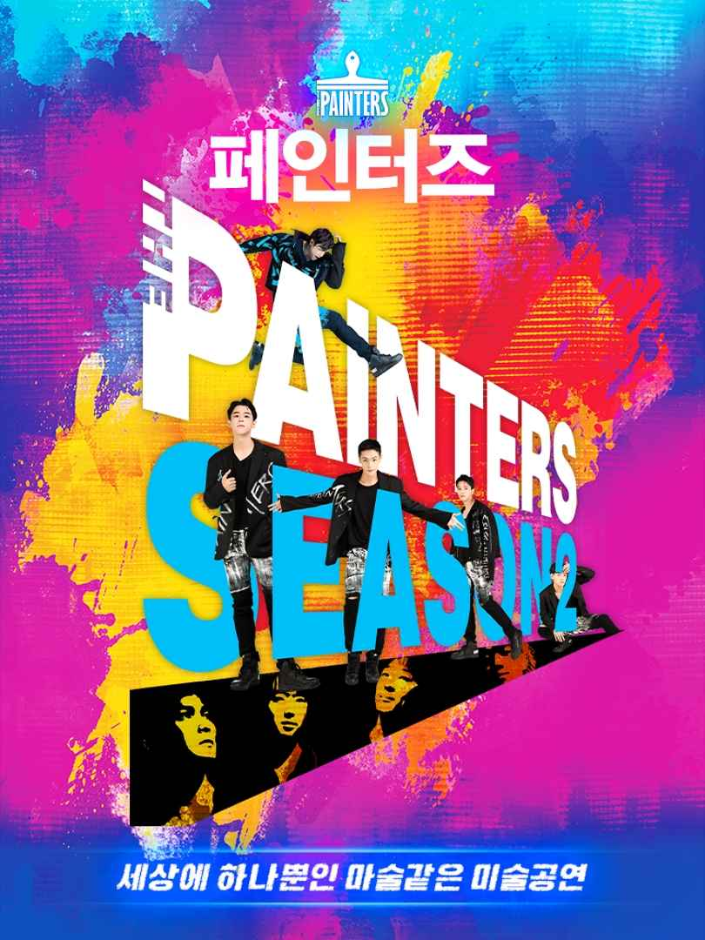
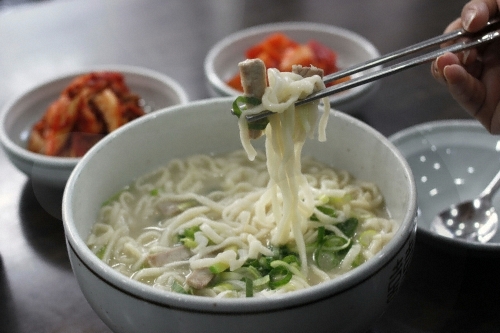
![Olive Young - Jeongdong Branch [Tax Refund Shop] (올리브영 정동)](http://tong.visitkorea.or.kr/cms/resource/11/2888011_image2_1.jpg)
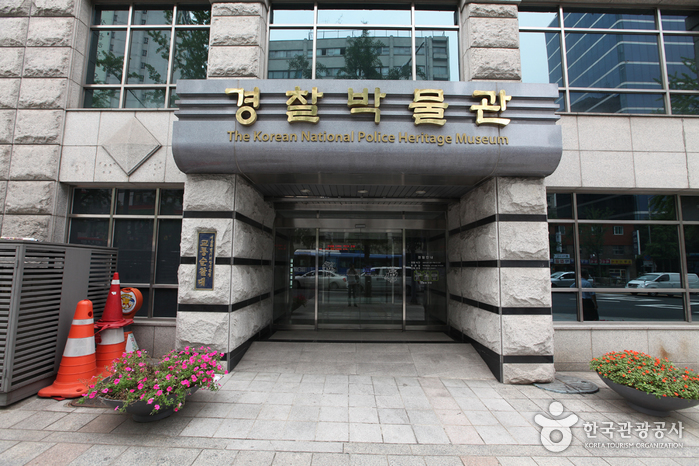
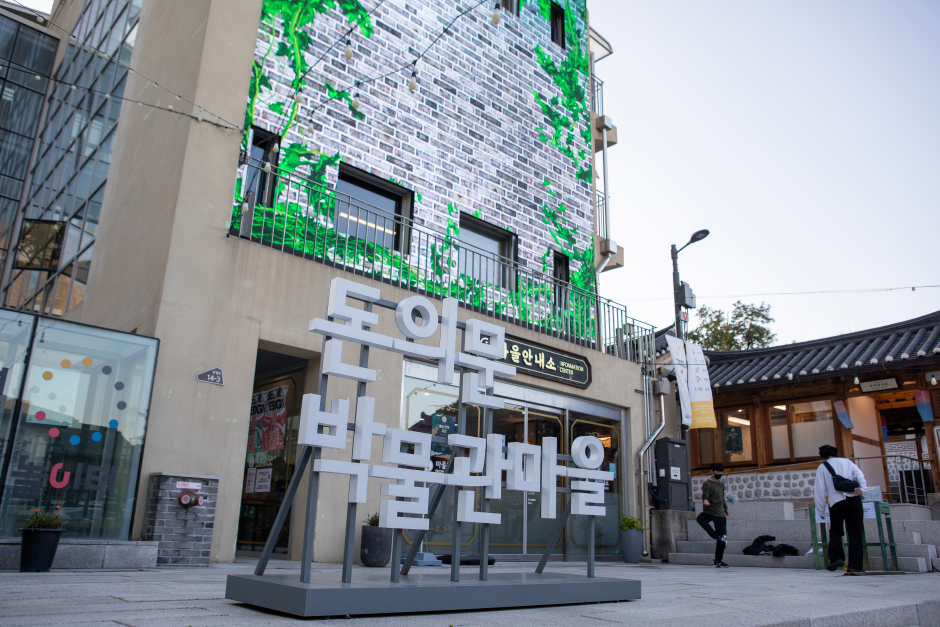
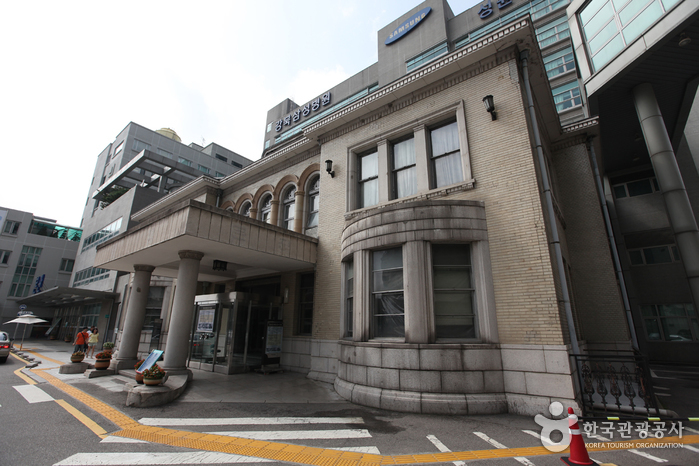
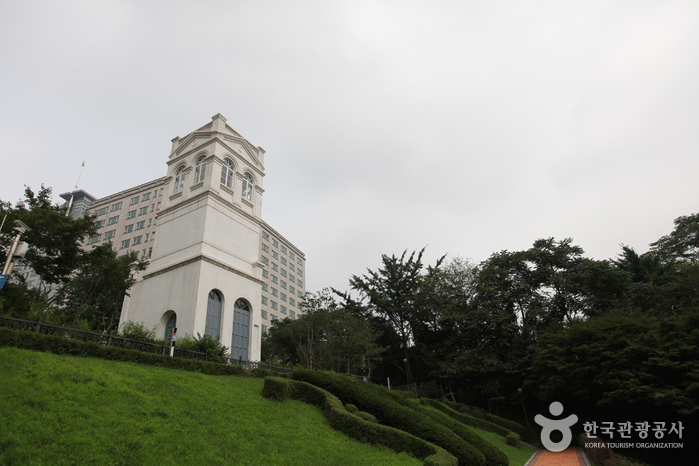

 English
English
 한국어
한국어 日本語
日本語 中文(简体)
中文(简体) Deutsch
Deutsch Français
Français Español
Español Русский
Русский